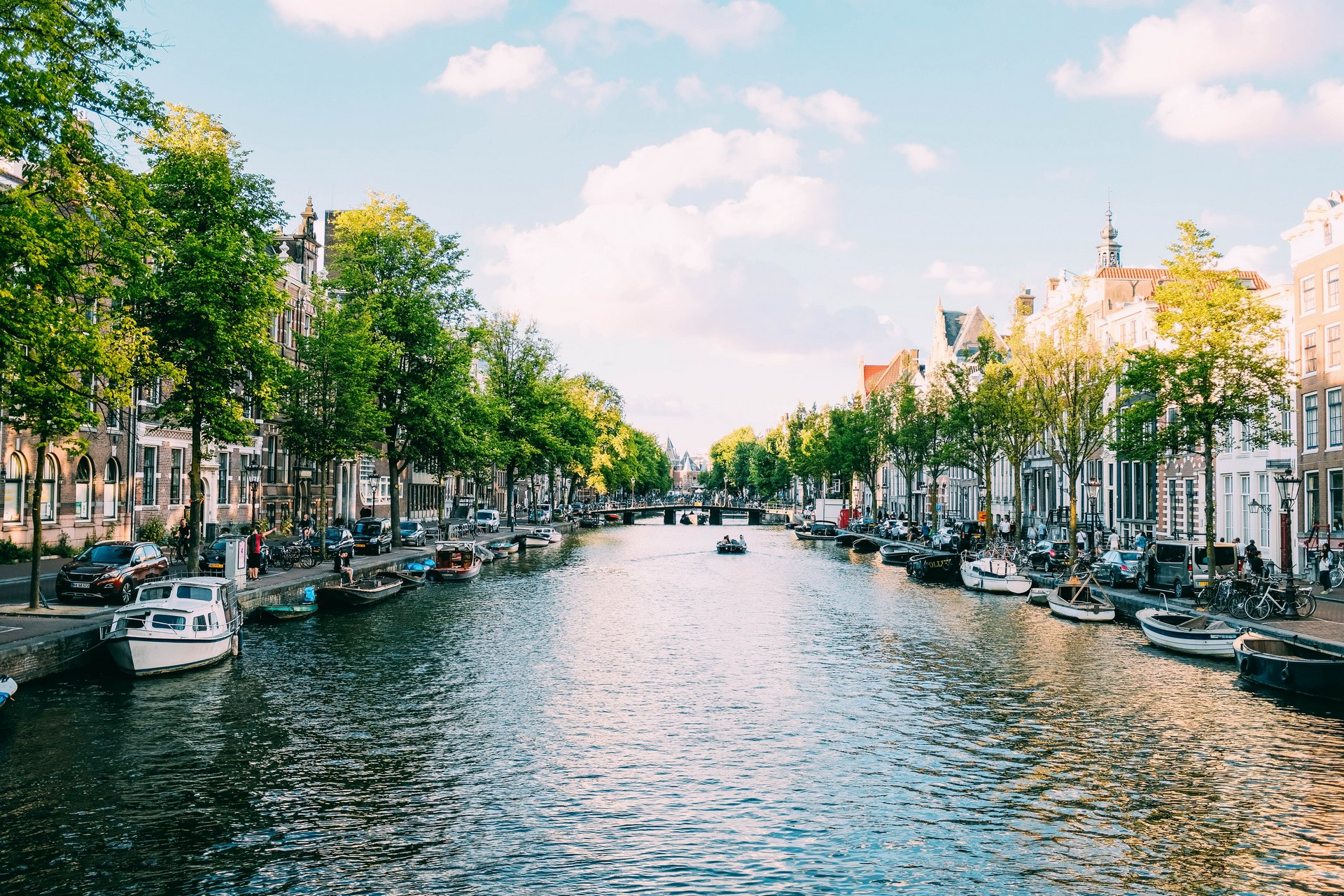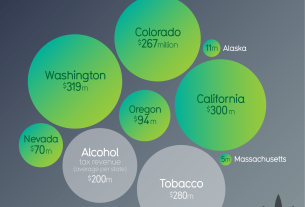[ad_1]
In the freezing reaches of Greenland, fissures in the ice sheet mark the battle lines in the fight against climate change. Greenhouse gases (GHG) are driving up global temperatures, melting the ice and pushing more and more icebergs to break away from glaciers and ice sheets. When the ice melts and the water enters the ocean, it adds to rising sea levels, putting millions of people who live in low lying coastal areas across the globe at risk.
The Greenland ice sheet stores the equivalent of seven metres of sea-level rise, while the Antarctic ice sheet contains about 60 metres, and their rate of melting depends on a variety of factors, including how quickly humans reduce GHG.
‘It is more or less certain that we will not escape from a two-metre sea-level rise,’ said Gaël Durand, an ice-sheet specialist at the Université Grenoble-Alpes in France. ‘The question is now “When will it happen?” Will it be in 100 years or in 2000 (years)?’
This question, of how much and when, is not a simple one –– but the answer is vital for humanity to adapt to climate change. Unlike mitigation, which means reducing GHG emissions, climate adaptation aims at building resilience to the inevitable effects of a changing climate. But in order to adapt, decision makers need reliable information on what will happen to the climate in different regions.
This is where climate predictions and projections from scientific research play a crucial role: predictions attempt to provide estimates in the short-term — for example, the average annual or seasonal temperature in five years; whereas projections extrapolate what could happen in the long-term, under different possible futures, determined by more or less ambitious mitigation responses.
In the EU-funded PROTECT project, Durand and colleagues are working on projections, to more accurately determine what will happen to the ice sheets in a world of rising temperatures and how this will impact communities living in coastal areas.
Coastal users
‘We want to provide projections, but we want to be sure that these projections fit the needs of users, particularly coastal users,’ said Durand.
More than 200 million Europeans live within 50 km of the coastline, but rising sea levels will affect them all differently. ‘Typically the needs are very different, depending on the use you have of coastal land,’ explained Durand.
Using satellite and remote sensing data, as well as ice sheet data, the PROTECT project models how the ice sheet behaviour in Greenland and the Antarctic, as well as glaciers, will impact people on a regional and even local scale, with case studies in France, the Netherlands, Greenland, and the Maldives (in the Indian Ocean). ‘We work with stakeholders and practitioners to better understand what type of projections they need,’ Durand says.
“
We want to provide projections, but we want to be sure that these projections fit the needs of users, particularly coastal users.
Co-design with users is a feature of another EU-funded project, the European Climate Prediction System (EUCP), this one focusing on predictions. In the past, ‘it was often the climate scientist speaking and the user listening’, said Jason Lowe, science lead for the project and the UK Met Office’s principal fellow and head of climate services for government. ‘But we realised that the successful projects were when the user speaks more and the climate scientist listens and adapts to that.’
Innovation in knowledge production
For example, users were asking, ‘What does (climate change) mean for adaptation of cities? What does it mean for water availability? What does it mean for coastal protection?’ Lowe said.
‘You need different types of information to inform the solution.’
The EUCP brought together users and organisations interested in climate predictions, as well as superusers which had specific problems to solve, to see how climate science could bolster their adaptation strategies.
With their needs in mind, the project developed new methods to create more accurate decade-timescale forecasts. EUCP contributed to the World Meteorological Organization’s decadal forecasts exchange and produced new data that informed the sixth assessment of the Intergovernmental Panel on Climate Change (IPCC).
Flash flooding
‘So if they’re looking at flash flooding, if they’re designing drainage systems, for instance, this data is available as a result of EUCP.’
While the project mostly focused on temperature and rainfall, it was also able to forecast storm tracks through the Caribbean and investigate wind droughts, which is when the wind speed is low, in France.
However, beyond the successful predictions, it’s the new methods that may become the project’s most important legacy, said Lowe.
One new method was the ability to combine different global climate models, giving more accurate models greater weight than those which were less precise in a given scenario. ‘We produced the first comparison of different methods to weight the projections,’ Lowe said.
The EUCP Atlas of climate projections provides pre-processed projections for Europe, and facilitates a comparison between them.
Bridging predictions and projections
The project team also developed a way to link predictions to longer-term projections. This method, allowing people to link decadal forecasts to longer-term climate projections, will also be one of the enduring legacies of the project, according to Lowe.
With more work to be done in decadal climate forecasting and projections, the EUCP will be succeeded by the ASPECT project (which stands for Adaptation-oriented Seamless Predictions of European ClimaTe), due to start next year. This continued effort is expected to improve our ability to forecast far into the future.
‘We also think we can take the idea of joining predictions to projections, and move it from something that’s academically interesting to something that can be used in climate services,’ he said. Climate services provide climate information which allows people and organisations to organise their activities and adapt to climate change.
Even if humanity cuts its emissions drastically, the climate is already changing and people around the world need to adapt. To do this, they need the vital and impartial information that projects such as PROTECT and EUCP provide.
Research in this article was funded via the EU. If you liked this article, please consider sharing it on social media.
EU Mission: Adaptation to Climate Change
Whether it’s forest fires, floods or droughts, the consequences of climate change are already with us, and Europe is warming twice as fast as the world average.
Adapting to climate change means taking action now to prepare for both the current effects of climate change and future ones.
The Mission on Adaptation to Climate Change focuses on supporting EU regions, cities and local authorities in their efforts to build resilience against the impacts of climate change.
Follow the link to read more about the EU Mission: Adaptation to Climate Change
Watch the video
[ad_2]
Source link



